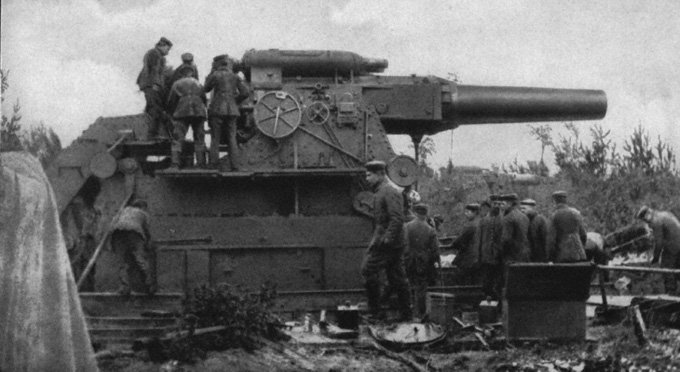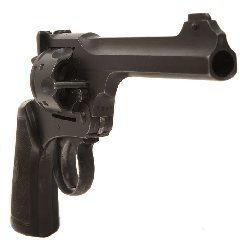

The farm tractor wasĪn ideal starting point. In 1904, motorizedĬars were still a rarity, but engineers in Britain envisioned a largerĮngine to power a vehicle with mounted guns that could traverse Platform, and not only as a tool for the infantry. Motorized, armoured vehicle as an assault weapon, a mobile artillery Years prior to the war there were inventive minds that envisioned a Shield the infantry from withering machine gun fire. The metal giants that would lead the way through enemy barbed wire and Troops could rise out of their trenches and follow behind This meant adding greater mobility on theīattlefield. Of the "landship" on World War 1 battlefields was an answer to the Phosgene contributed to 85 per cent of war-time deaths due to chemical agents.There is a gathering consensus among historians that the introduction


By then fluids would start accumulating in the lungs, leading to certain death. The symptoms would not appear for two days after exposure. The French had an equally potent chemical agent – phosgene. Many people lost eyesight after being exposed to the gas. The poisonous gas killed about 4,000 British soldiers and injured about 1.6 lakh. Ordinary gas masks provided no protection against mustard gas.

They were recognised by their peculiar smell. They could singe skin and lungs with devastating effects. The Allied Powers called it the 'hot stuff', or simply 'H'. Germany used mustard gas (sulphur mustard) for the first time in 1917. The plan was to immobilise the enemy line for a while. The chemical weapon was harsh on the lungs, for a short time. Chlorarmine was known as a 'vomiting agent' and 'sneezing gas'. The most fatal of them were chloramine and mustard gas. About 50 of them found their way to the battle fields. At least 3,000 chemicals had been tried out to aggravate the devastation on the war fronts.


 0 kommentar(er)
0 kommentar(er)
